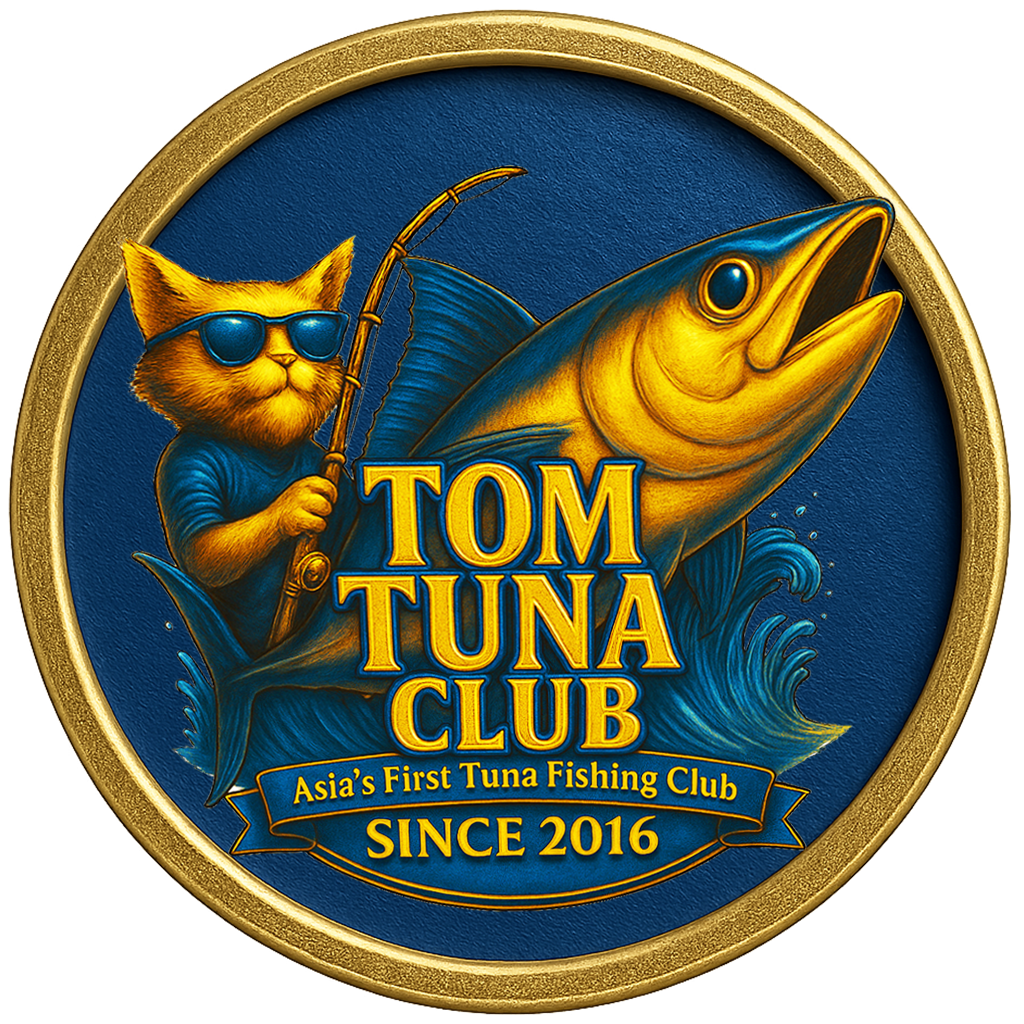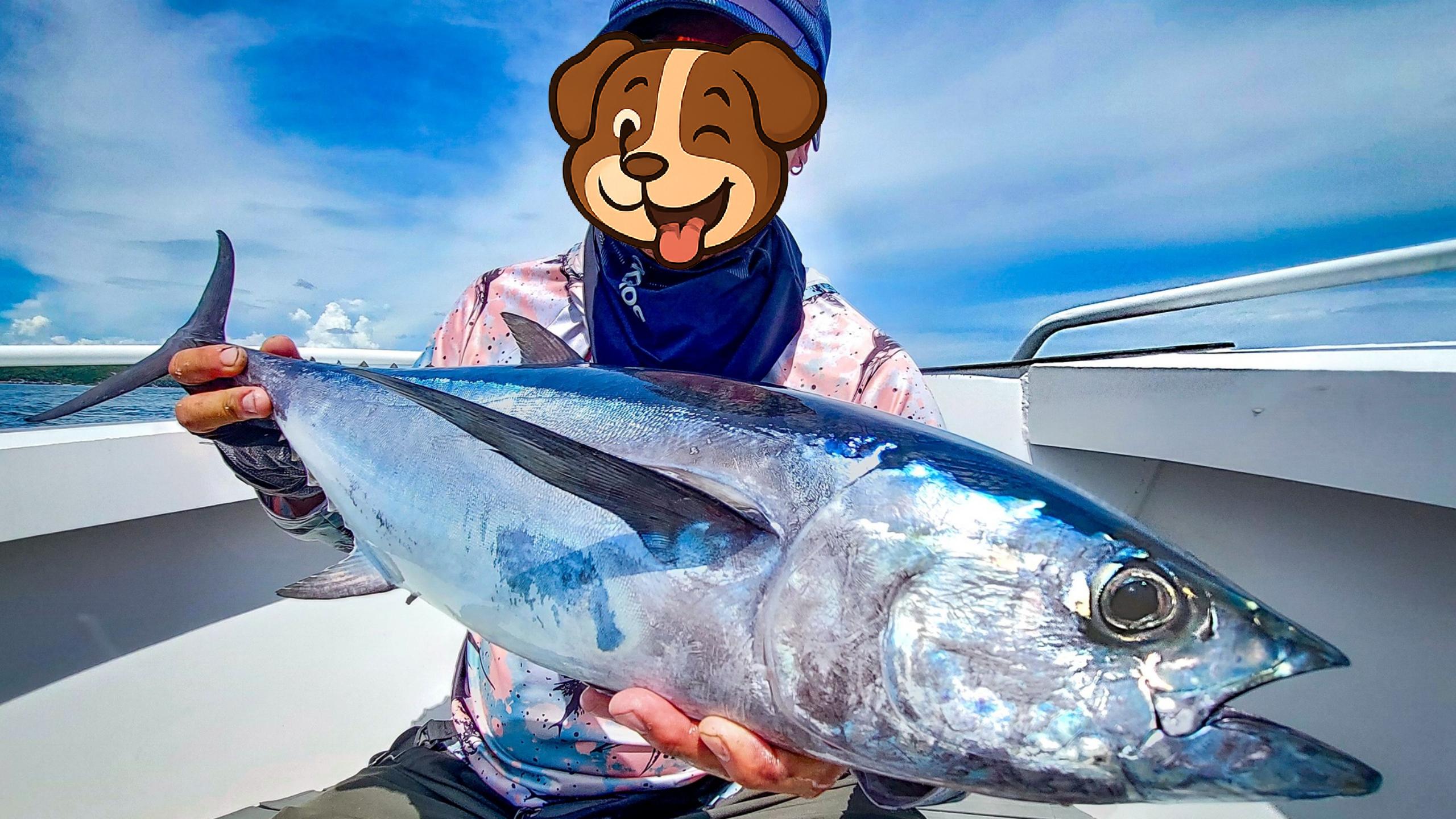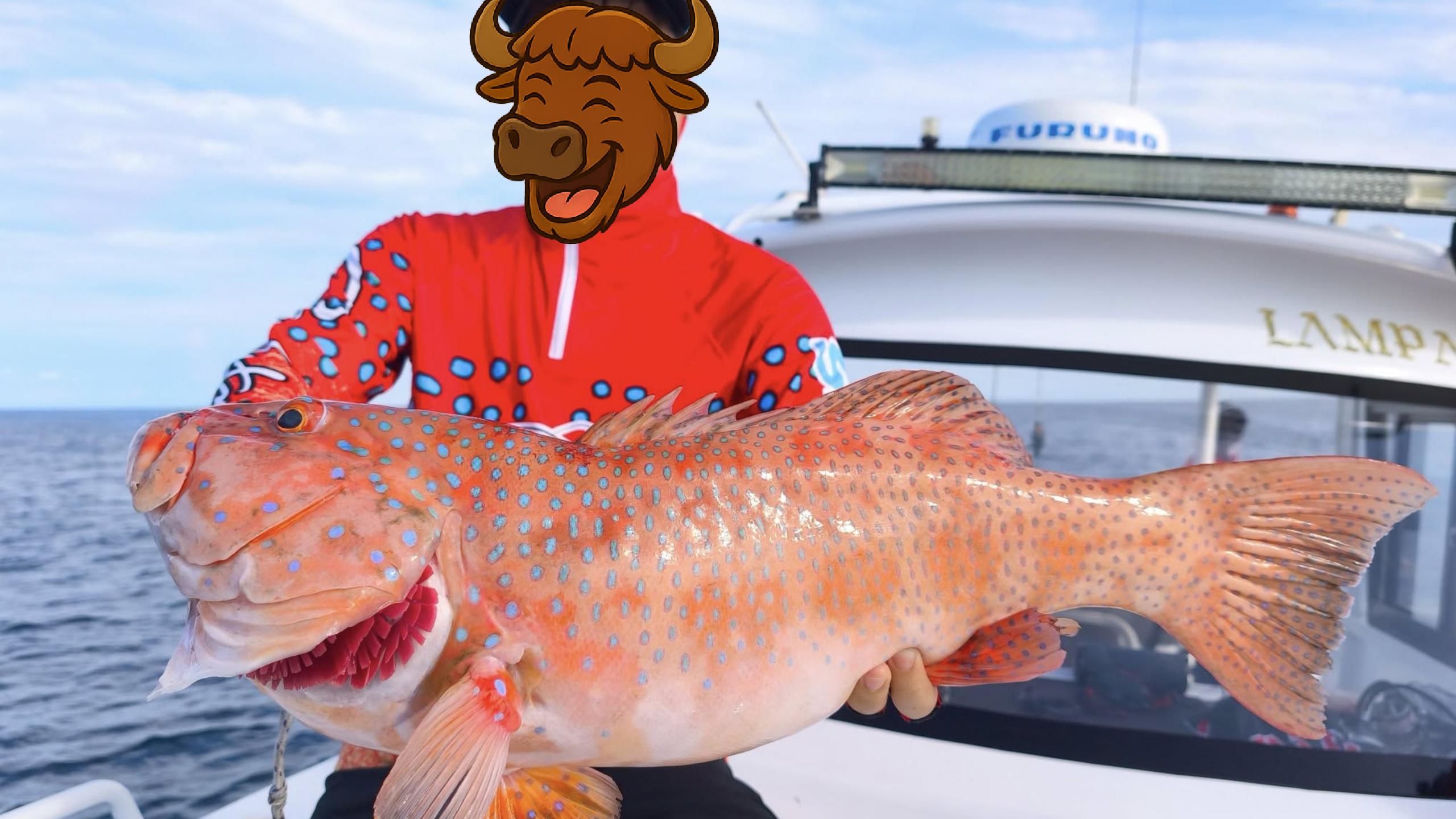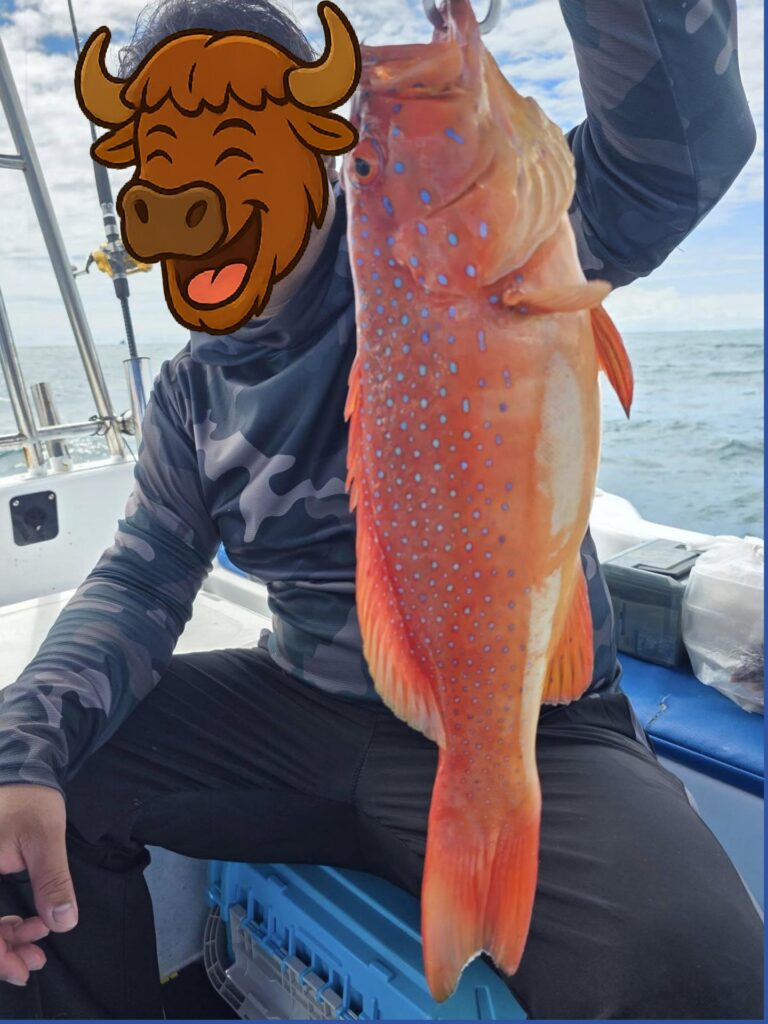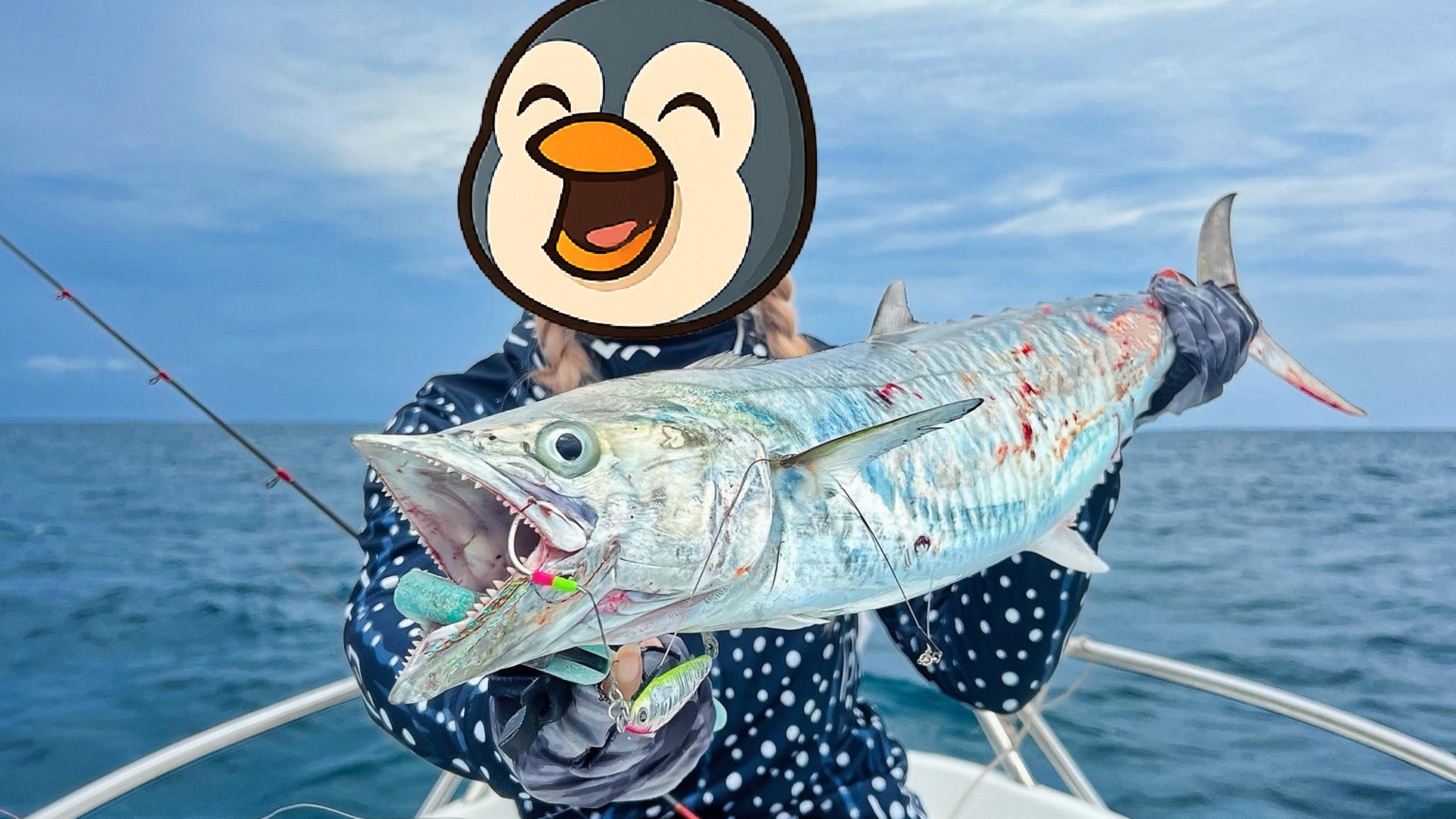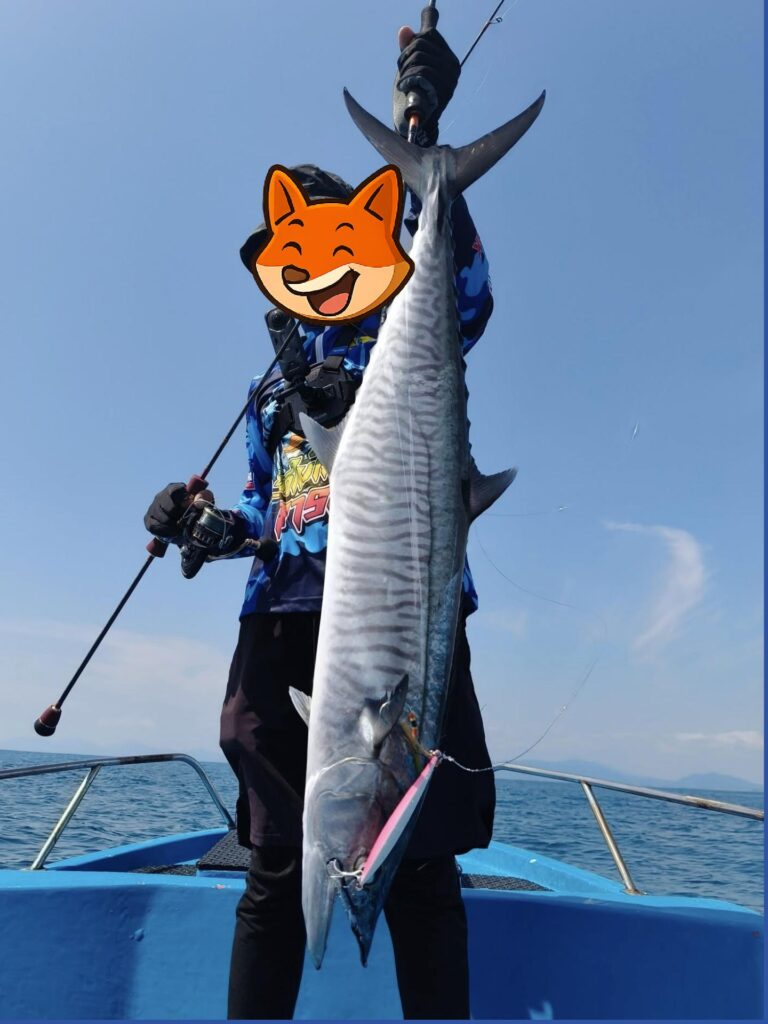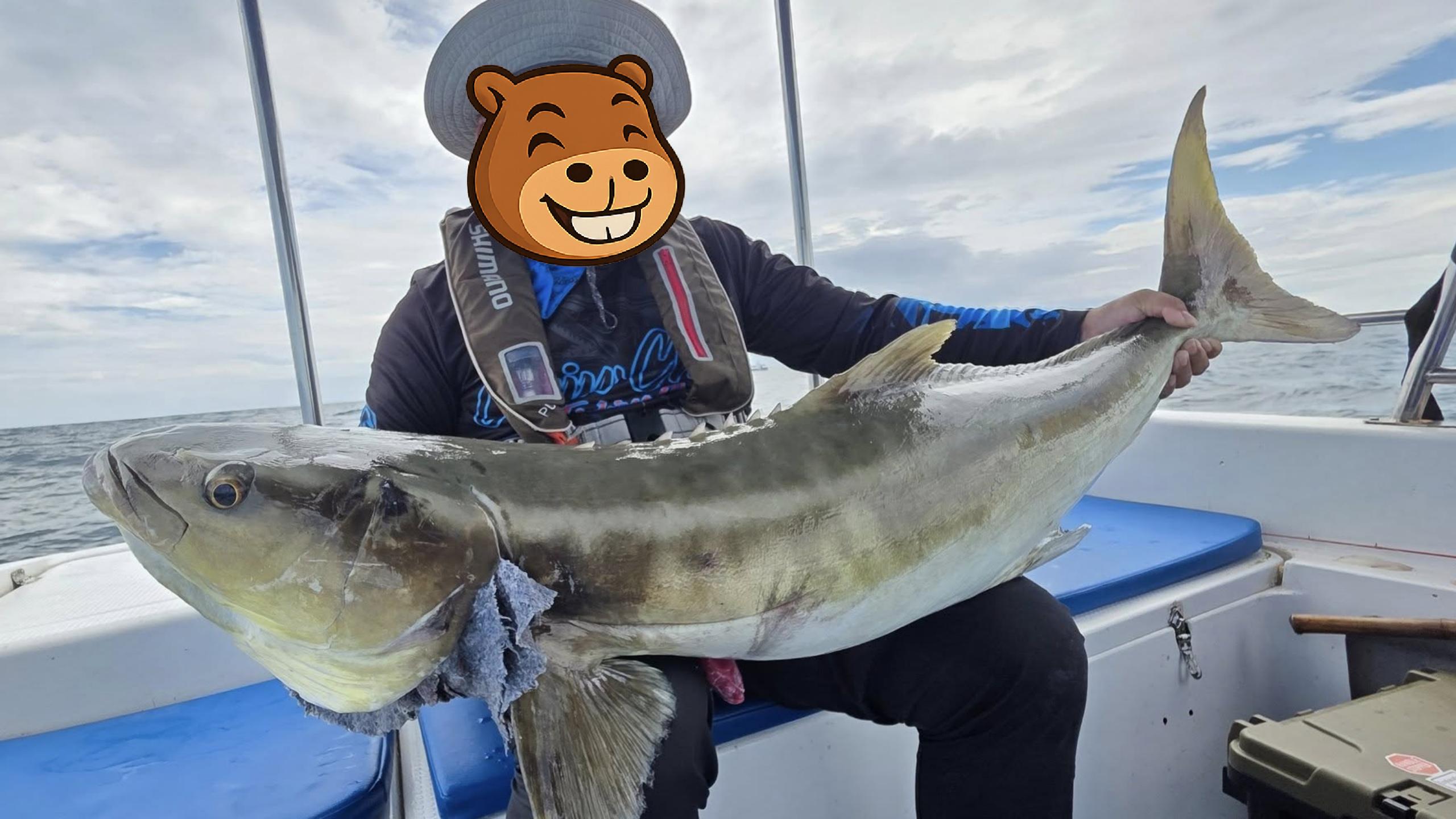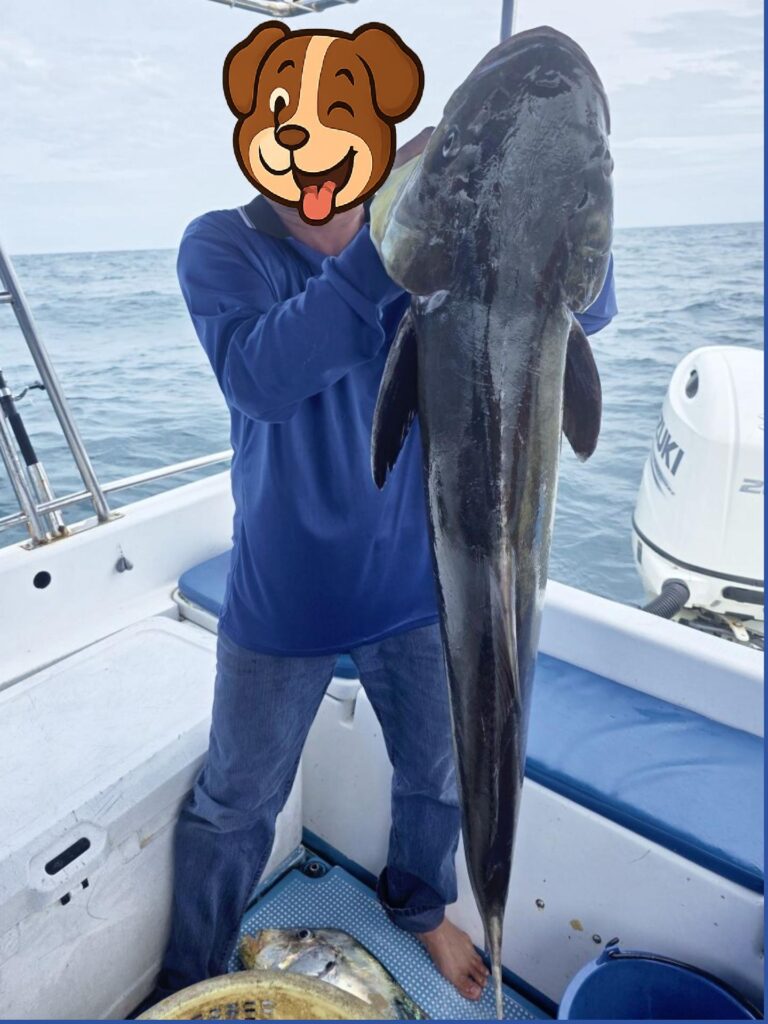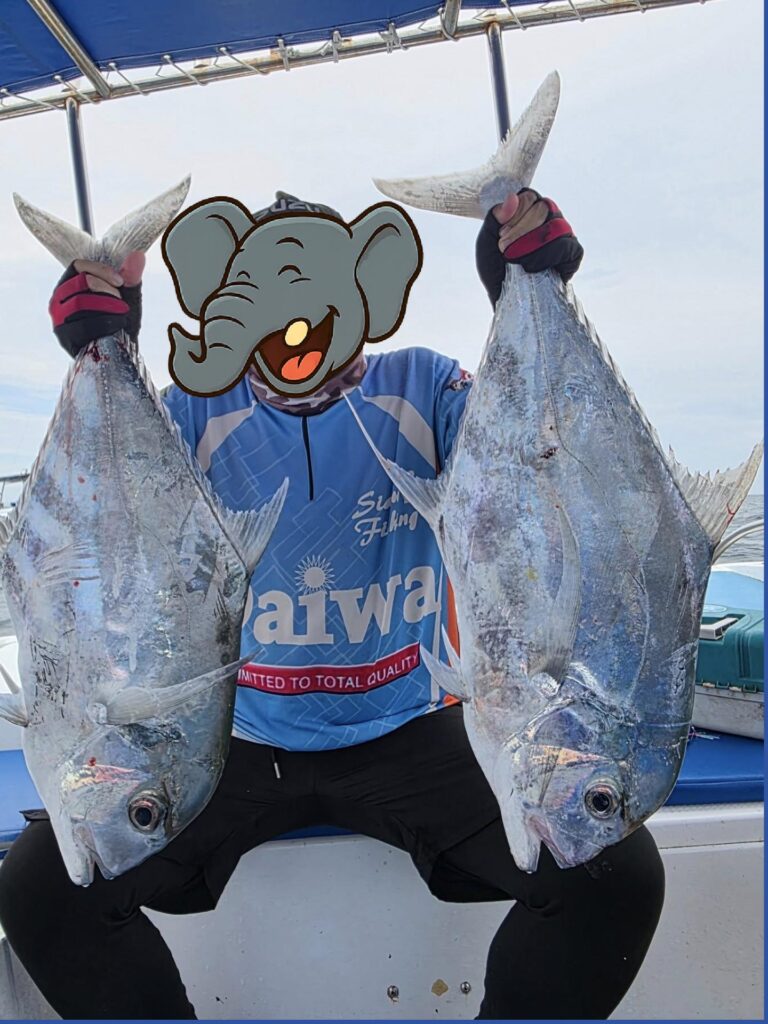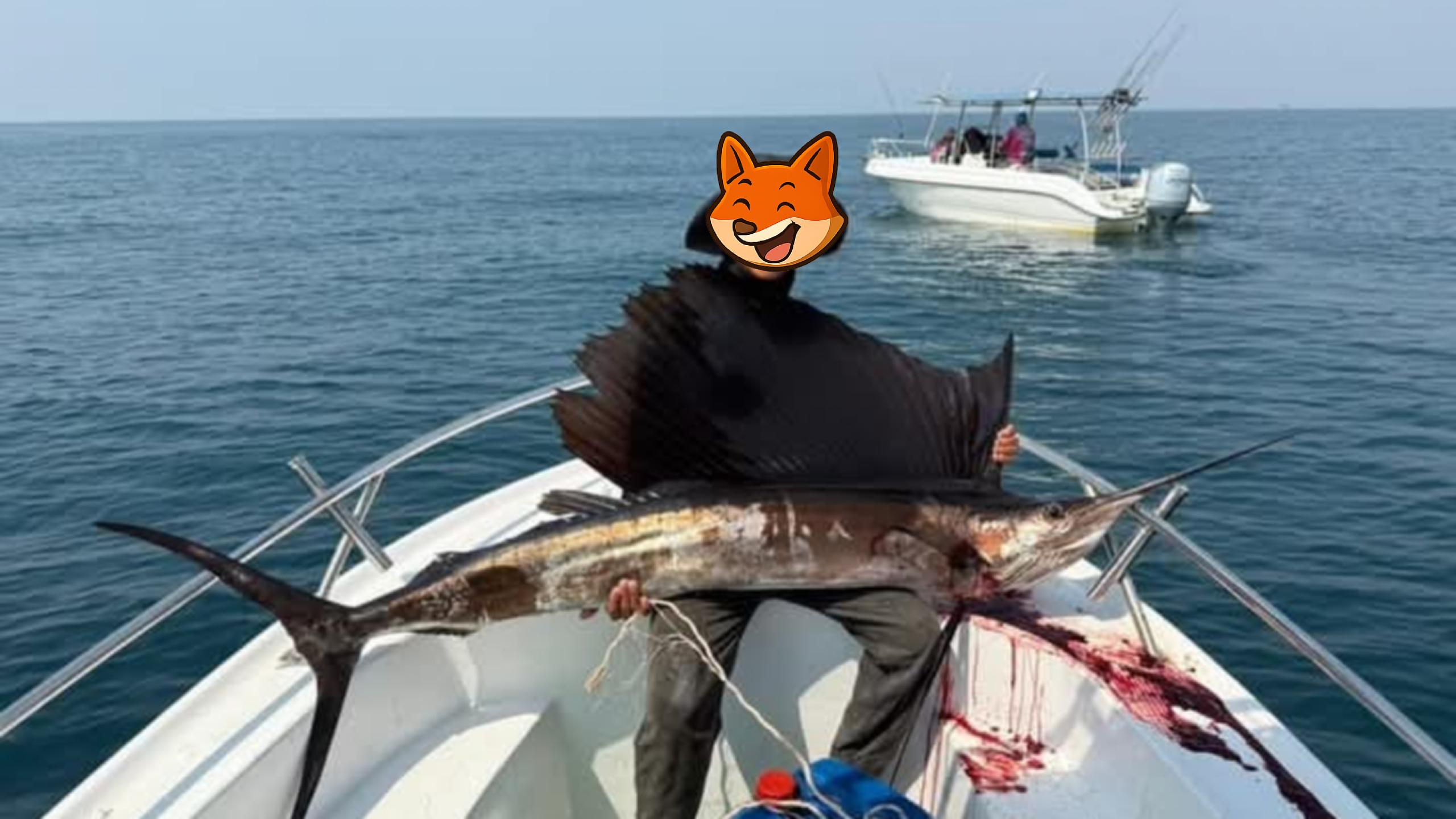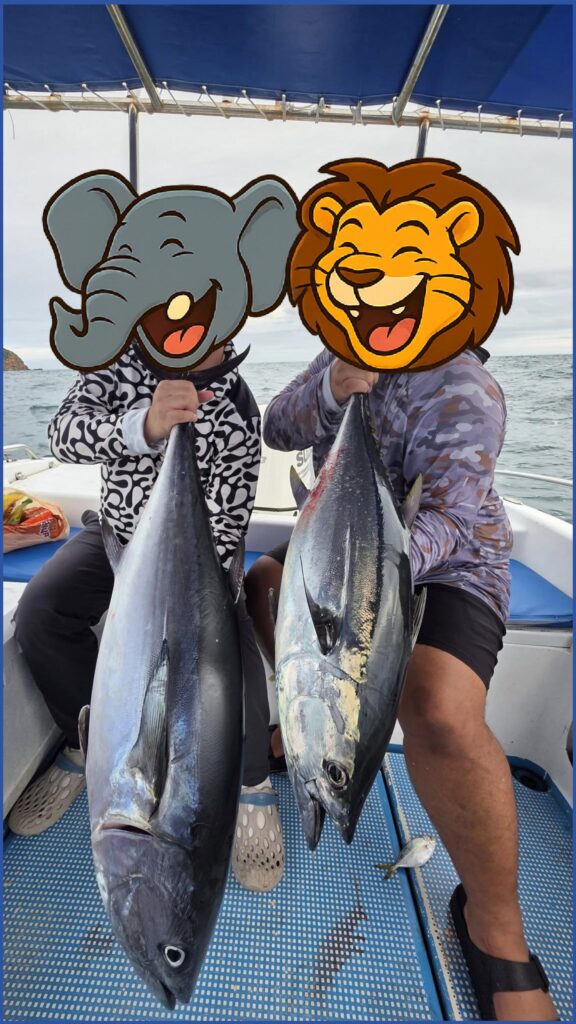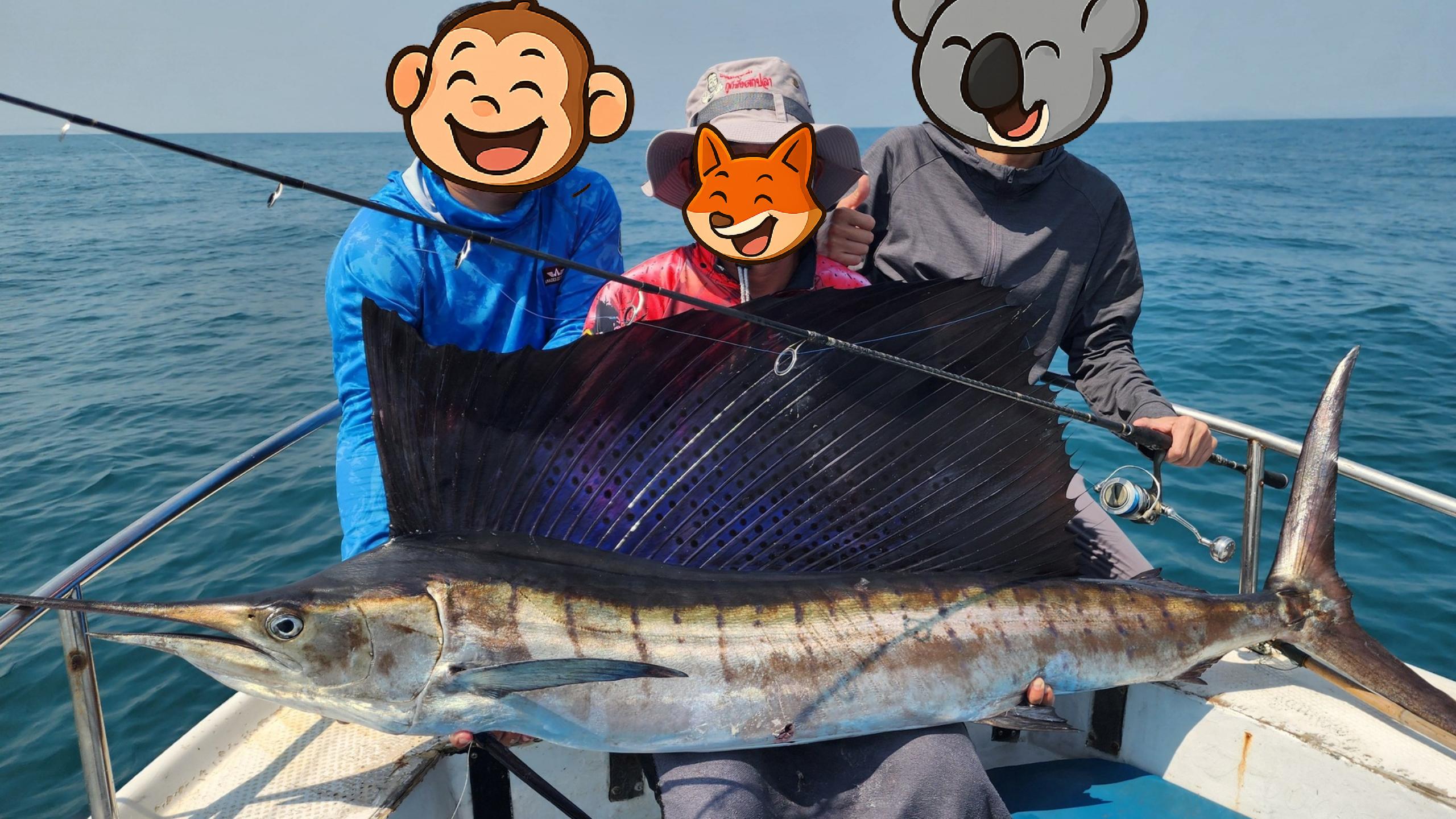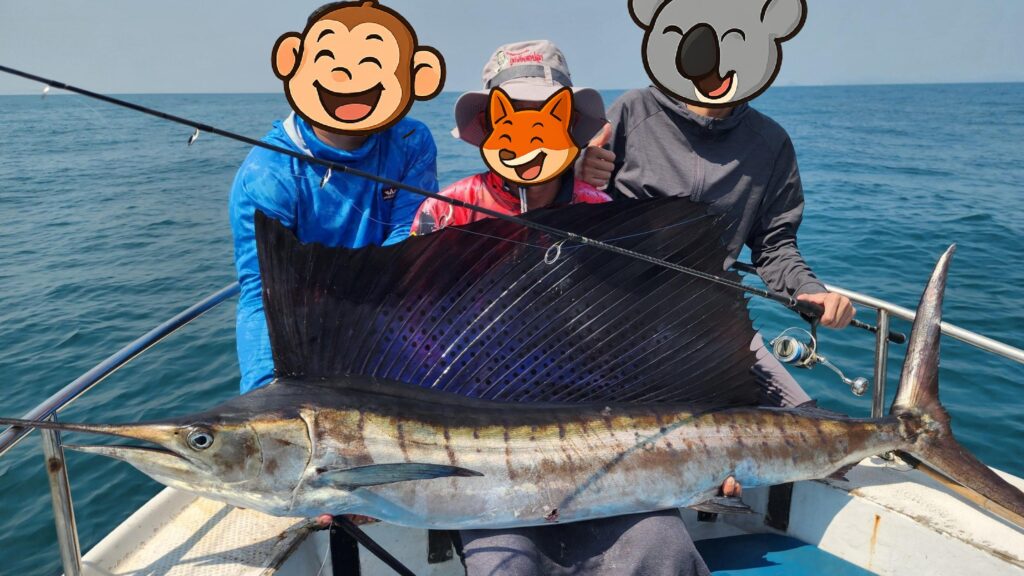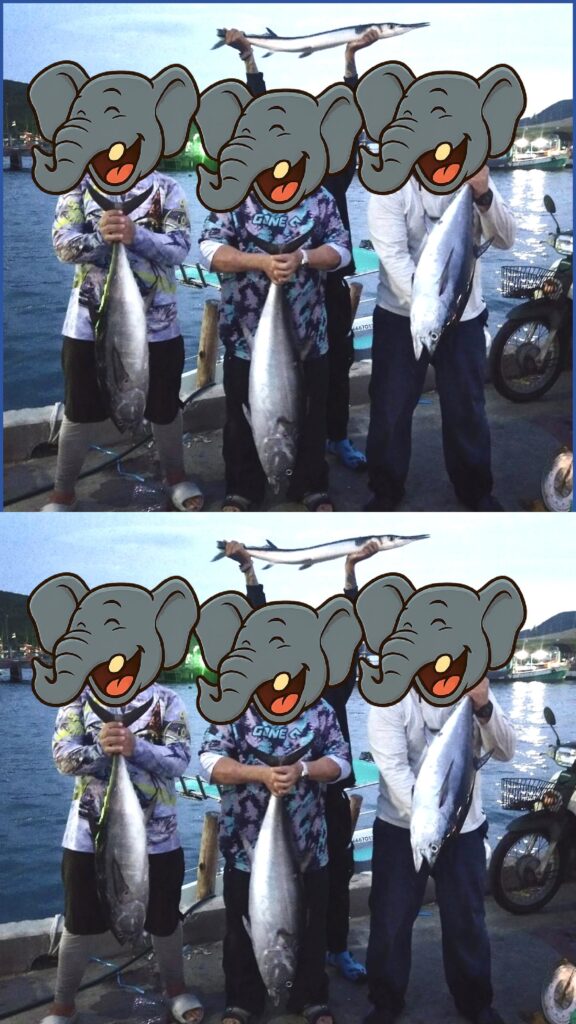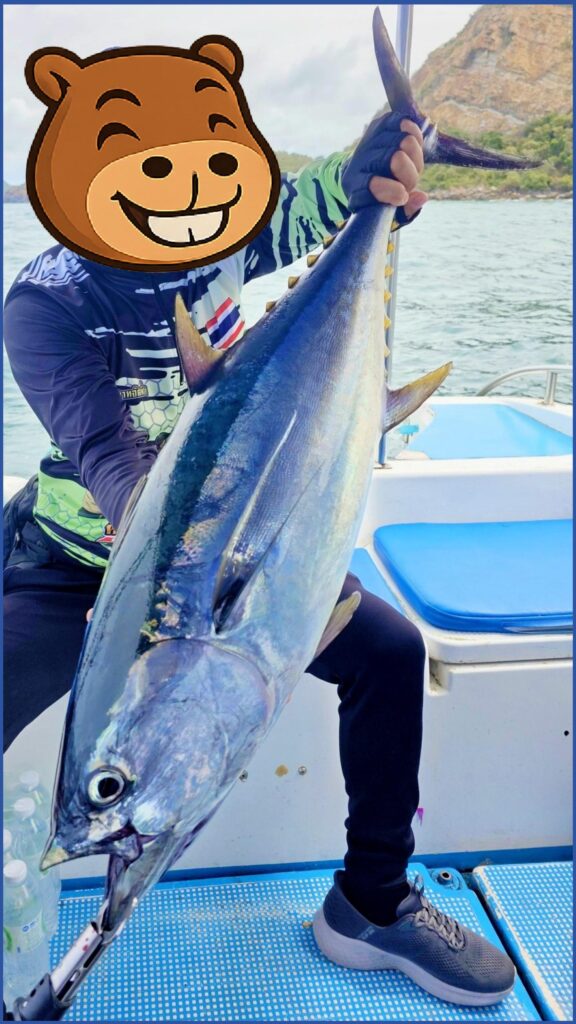
When to Fish in Pattaya – Seasons of the Sea
The Gulf of Thailand has rhythm, and every month tells a different fishing story. In Pattaya and Crystal Bay, understanding the seasonal pattern is the key to success. From August to April, the sea opens its arms to tuna, mackerel, and other pelagic hunters, while the summer months bring calmer seas perfect for reef fishing.
August to November marks the peak of tuna season — the legendary months when skipjack and yellowfin arrive in huge schools. This is when Tom Tuna Club records its biggest catches, with anglers landing fish almost daily. Water depth of 50–70 meters and surface baitfish activity make trolling irresistible to predators.
December to February offers cooler mornings and clearer water. The ocean stabilizes, and conditions become perfect for both beginners and families. It’s also the time when sailfish and Diamond Trevally make surprise appearances.
March to April is the transition period — tuna remain active, but reef species like coral trout and cobia start dominating the scene. Warm currents and longer daylight hours create a lively, colorful sea.
From May to July, the sea rests. Winds shift, and while deep-sea trips slow down, night squid fishing becomes the highlight of the season. Locals love these quiet months for their calm beauty and gentle rhythm.
In short, every season has its treasure. Whether chasing tuna or enjoying grilled squid under the stars, Pattaya’s waters always have a story to tell.
